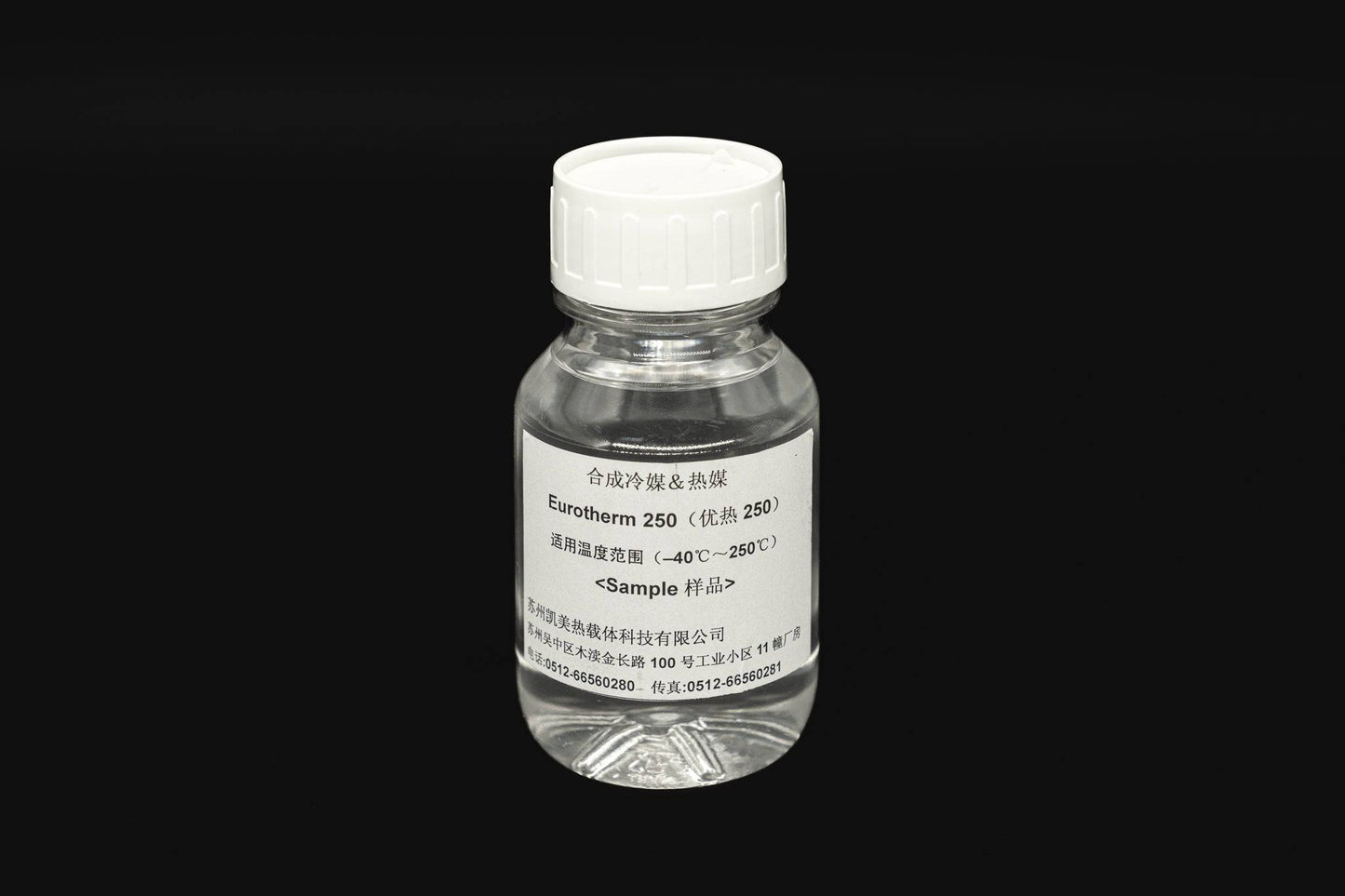Excitement About Chemie
Excitement About Chemie
Blog Article
Examine This Report on Chemie
Table of ContentsSome Known Details About Chemie The Buzz on ChemieUnknown Facts About ChemieFacts About Chemie UncoveredThe 8-Minute Rule for ChemieThe Basic Principles Of Chemie
By Bojanna Shantheyanda, Sreya Dutta, Kevin Coscia and David SchiemerDynalene, Inc. Fluid air conditioning, which can be attained utilizing indirect or direct means, is utilized in electronics applications having thermal power thickness that might exceed safe dissipation through air cooling. Indirect fluid cooling is where heat dissipating electronic parts are literally separated from the liquid coolant, whereas in instance of straight cooling, the parts remain in direct contact with the coolant.Nonetheless, in indirect air conditioning applications the electrical conductivity can be important if there are leakages and/or spillage of the fluids onto the electronic devices. In the indirect air conditioning applications where water based fluids with deterioration inhibitors are typically used, the electric conductivity of the liquid coolant mostly relies on the ion concentration in the fluid stream.
The rise in the ion concentration in a closed loophole fluid stream might happen due to ion seeping from steels and nonmetal elements that the coolant liquid is in contact with. Throughout operation, the electric conductivity of the liquid may enhance to a level which might be damaging for the cooling system.
Chemie Things To Know Before You Get This
(https://www.tripadvisor.in/Profile/chemie999)They are grain like polymers that can trading ions with ions in a solution that it touches with. In the present work, ion leaching examinations were executed with different steels and polymers in both ultrapure deionized (DI) water, i.e. water which is dealt with to the highest degree of pureness, and low electric conductive ethylene glycol/water mixture, with the gauged adjustment in conductivity reported gradually.
The examples were enabled to equilibrate at room temperature for two days before recording the initial electric conductivity. In all examinations reported in this research study liquid electric conductivity was measured to a precision of 1% making use of an Oakton disadvantage 510/CON 6 collection meter which was adjusted prior to each measurement.
The 10-Second Trick For Chemie
from the wall surface home heating coils to the facility of the furnace. The PTFE example containers were positioned in the furnace when stable state temperatures were gotten to. The test setup was removed from the heating system every 168 hours (seven days), cooled to space temperature level with the electric conductivity of the fluid gauged.
The electrical conductivity of the fluid example was kept track of for a total amount of 5000 hours (208 days). Schematic of the indirect shut loophole cooling experiment set-up. Parts utilized in the indirect closed loop cooling experiment that are in call with the liquid coolant.

The Facts About Chemie Uncovered
During procedure the fluid storage tank temperature level was kept at 34C. The adjustment in liquid electrical conductivity was checked for 136 hours. The liquid from the system was accumulated and stored. Closed loop test with ion exchange resin was carried out with the same cleaning procedures employed. The initial electric conductivity of the 230ml UP-H2O in the system measured 1.84 S/cm.

0.1 g of Dowex resin was contributed to 100g of liquid samples that was taken in a different container. The combination was stirred and alter in the electric conductivity at room temperature was determined every hour. The gauged change in the electrical conductivity of the UP-H2O and EG-LC examination liquids including polymer or metal when engaged for 5,000 hours at 80C is revealed Number 3.
The Definitive Guide for Chemie
Number 3. Ion leaching experiment: Calculated change in electrical conductivity of water and EG-LC coolants having either polymer or steel samples when immersed for 5,000 hours at 80C. The outcomes indicate that metals contributed less ions into the liquids than plastics in both UP-H2O and EG-LC based coolants. This might be as a result of a slim metal oxide layer which might function as an obstacle to ion leaching and cationic diffusion.
Liquids including polypropylene and HDPE exhibited the most affordable electric conductivity changes. This visit homepage could be as a result of the short, stiff, linear chains which are much less likely to add ions than longer branched chains with weak intermolecular pressures. Silicone likewise carried out well in both examination fluids, as polysiloxanes are typically chemically inert due to the high bond power of the silicon-oxygen bond which would certainly avoid destruction of the product right into the fluid.
Examine This Report about Chemie
It would be expected that PVC would certainly create comparable results to those of PTFE and HDPE based upon the comparable chemical structures of the materials, nevertheless there might be various other contaminations existing in the PVC, such as plasticizers, that may affect the electrical conductivity of the liquid - silicone fluid. Furthermore, chloride teams in PVC can likewise seep right into the examination fluid and can cause an increase in electric conductivity
Buna-N rubber and polyurethane showed indications of destruction and thermal decay which recommends that their feasible utility as a gasket or adhesive material at greater temperatures can lead to application concerns. Polyurethane completely degenerated right into the test liquid by the end of 5000 hour test. Figure 4. Before and after images of metal and polymer examples submersed for 5,000 hours at 80C in the ion leaching experiment.
Measured adjustment in the electric conductivity of UP-H2O coolant as a function of time with and without resin cartridge in the shut indirect air conditioning loophole experiment. The gauged modification in electrical conductivity of the UP-H2O for 136 hours with and without ion exchange material in the loop is shown in Number 5.
Report this page